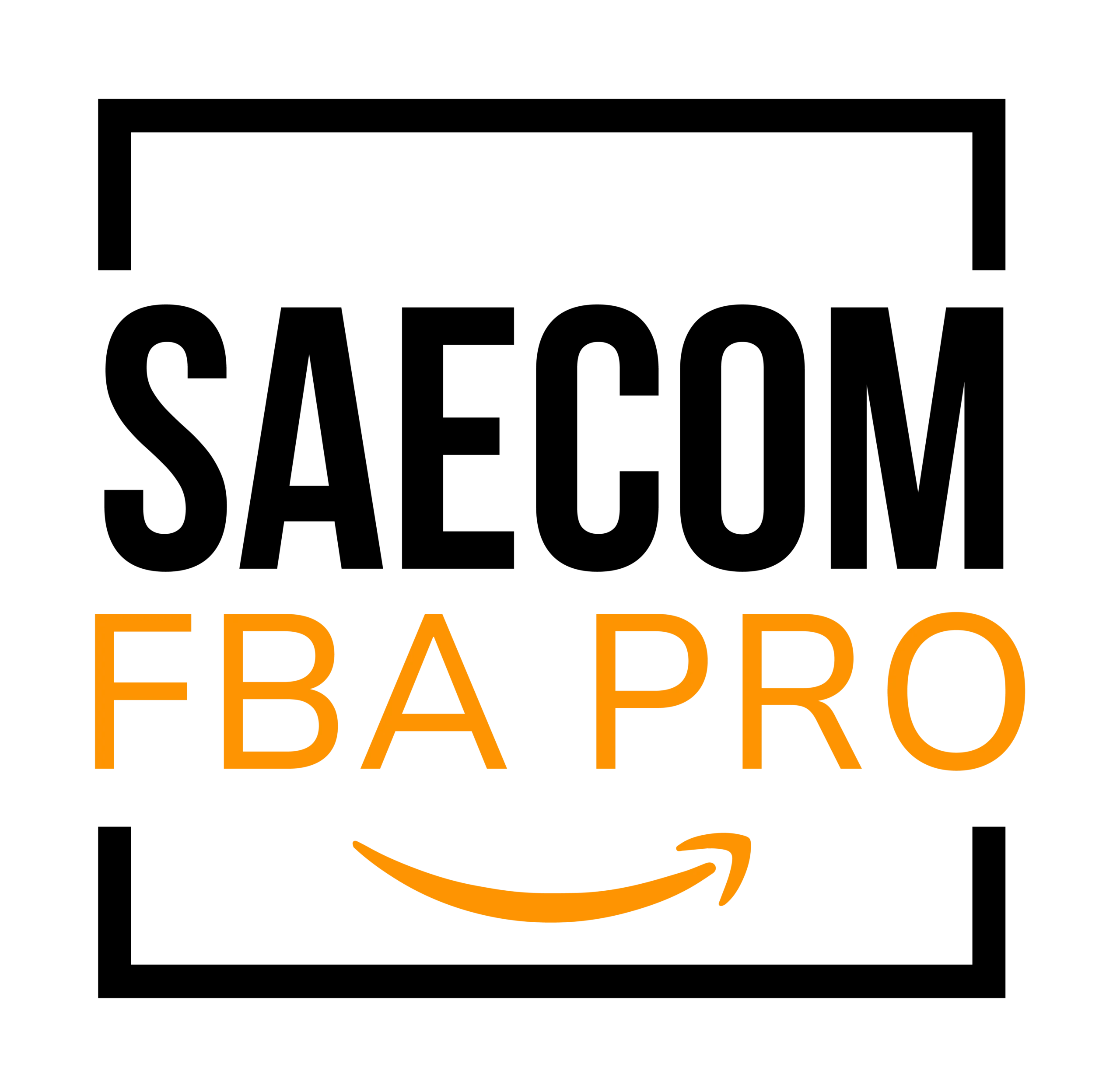Amazon Resellers: Detect and Prevent Violations
Unauthorized resellers pose a significant threat to brands — they disrupt pricing strategies, damage brand credibility, and negatively impact the customer experience. For many manufacturers and retailers, it can feel like there’s little control over stopping them.
The problem is particularly severe for large brands or those selling premium and high-margin products. These resellers often ignore minimum advertised price (MAP) agreements and slash prices to gain sales. In some cases, they even sell counterfeit goods, further hurting brand trust and customer loyalty.
On Amazon, this issue is magnified. The platform’s open marketplace model and competitive pricing environment make it simple for unauthorized resellers to infiltrate listings. Let’s break down why this happens and what you can do to monitor and protect your brand.
Why Unauthorized Resellers Are a Growing Issue on Amazon

Amazon is one of the largest ecommerce marketplaces worldwide, yet unauthorized resellers remain a persistent challenge. The truth is, Amazon isn’t directly impacted when third-party sellers compete for sales — but your brand certainly is.
Here are some of the main reasons unauthorized resellers are so common on Amazon:
Amazon’s Marketplace Structure Welcomes Third-Party Sellers
Almost anyone can create a seller account on Amazon and list products. Because products are rarely exclusive to one vendor, multiple sellers can appear on the same listing optimization. With low entry barriers and minimal restrictions, unauthorized resellers can easily compete alongside genuine brand owners.
Limited Seller Vetting Makes It Easy to Resell
Amazon requires extra vetting only in certain restricted categories. Outside of luxury or high-risk items like watches and fine art, most product categories are open to nearly anyone. This limited oversight makes it simple for unauthorized resellers to list and sell everyday products like electronics, accessories, and office supplies.
Buy Box Competition Encourages Price Cutting
The Amazon Buy Box is highly competitive and often rewards the lowest-priced seller. Since Amazon earns a commission regardless of who makes the sale, the algorithm focuses on conversions, not authorization. Unauthorized resellers frequently undercut prices to win the Buy Box, taking sales away from legitimate sellers.
How to Spot Unauthorized Amazon Sellers

If you suspect unauthorized sellers may be targeting your products, here are three clear warning signs to watch for:
- Sudden price drops: Unexpected price decreases, especially when using automated repricing tools, can be a sign of unauthorized sellers entering the market.
- Loss of Buy Box control: If you suddenly lose the Buy Box despite consistent performance, resellers may be undercutting your listings.
- Negative customer feedback: A spike in complaints about defective, inconsistent, or poor-quality products could mean customers unknowingly purchased from unauthorized sellers.
Other signals include suspicious seller names, fake or duplicate ASINs, and unusual fluctuations in product availability. Regularly monitoring your listings is essential to catch these issues early and prevent long-term damage.
Why Proactive Monitoring Matters
Allowing unauthorized resellers to operate unchecked can lead to serious consequences: weakened pricing strategies, poor customer perception, and reduced revenue. Some resellers aggressively lower prices to secure the Buy Box, while others sell knockoffs that ruin brand credibility.
Proactive reseller monitoring helps brands stay in control of pricing, listings, and customer experience. By tracking sellers, identifying MAP violations, and analyzing listing activity, brands can safeguard their reputation and maintain consistent customer trust.


